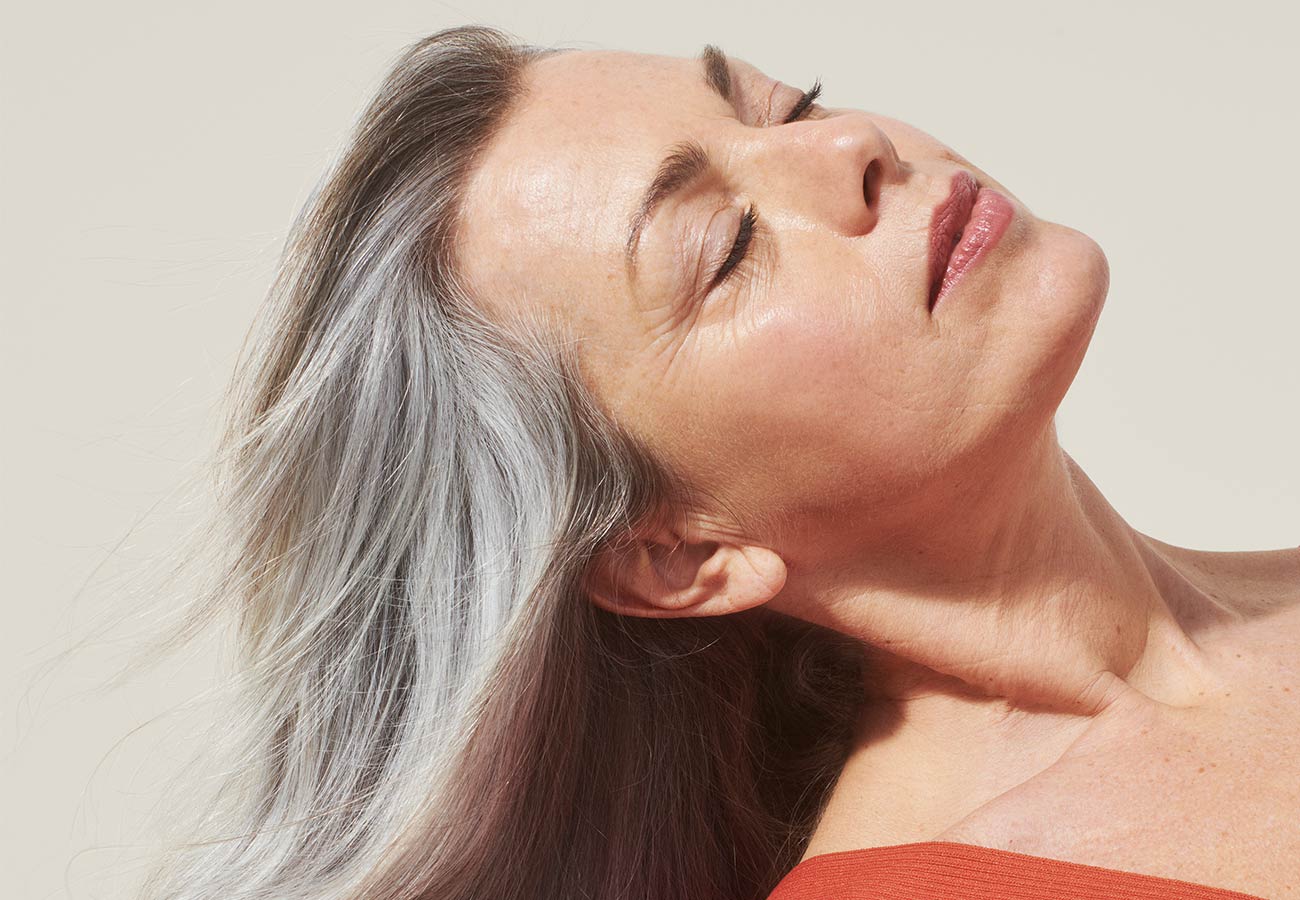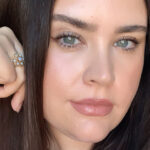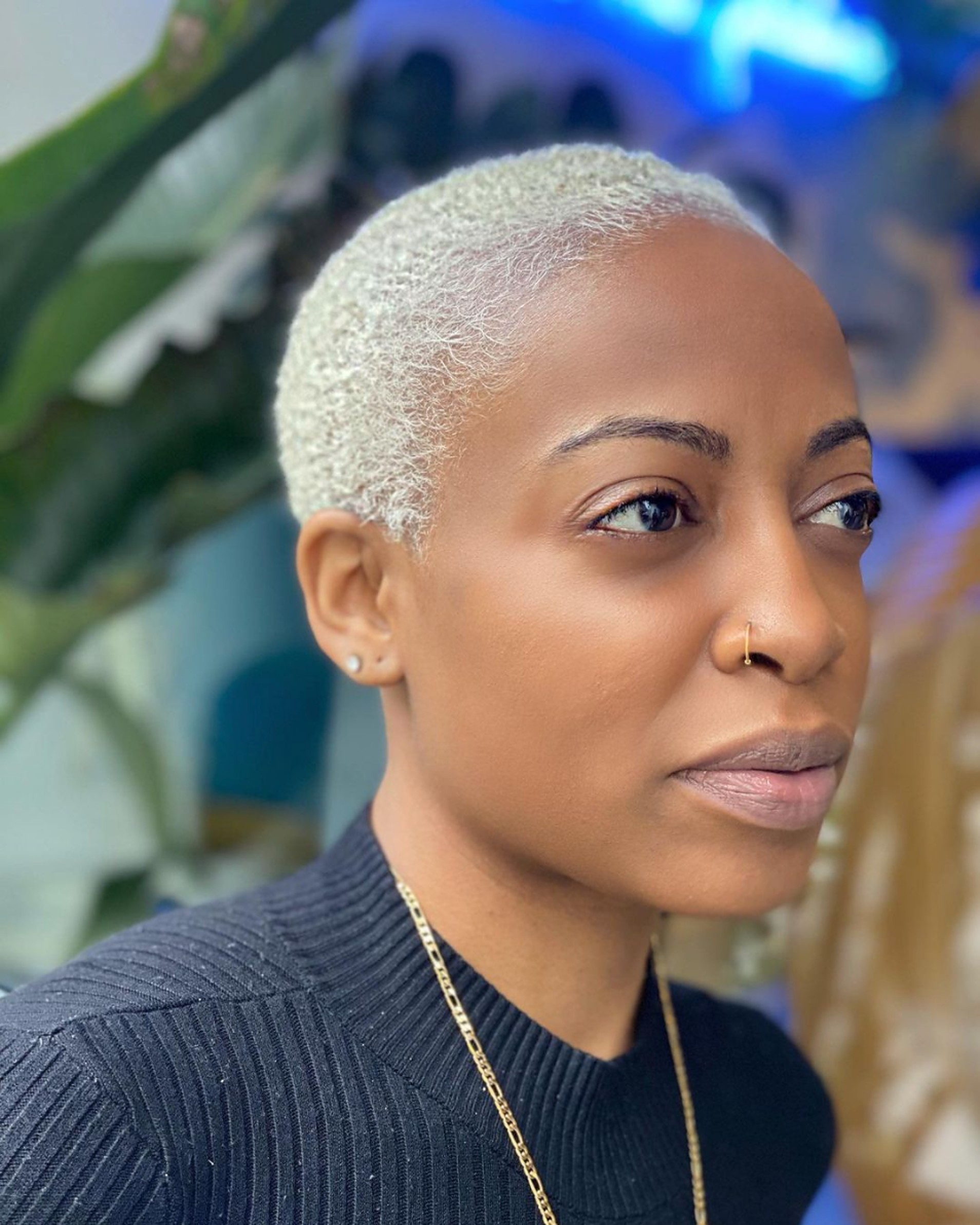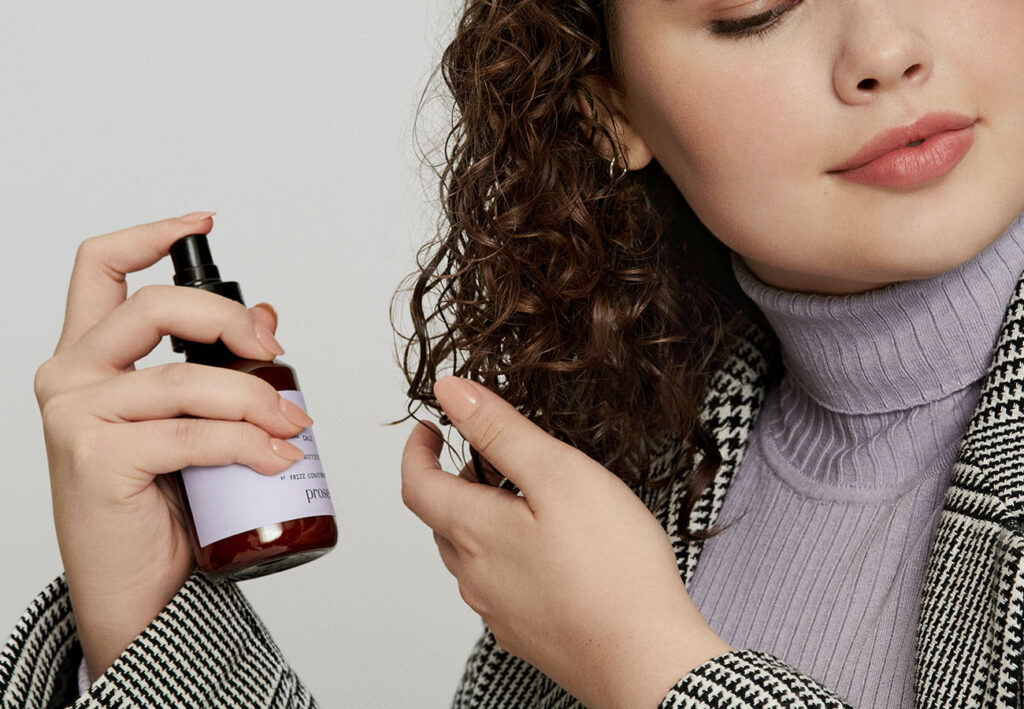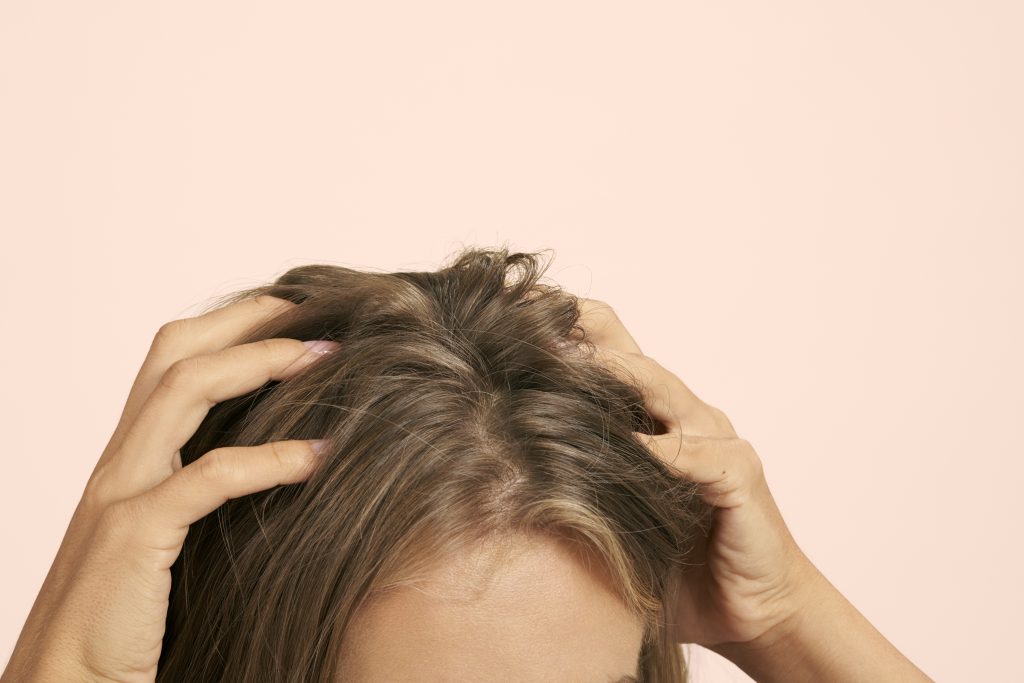You’re a hairstylist and trichologist. Can you explain what a trichologist does?
Janet Waddell: A trichologist is a licensed professional that bridges the gap between hairdressing and dermatology. We study, evaluate, and treat a wide range of hair and scalp disorders, including hair loss.
What’s the biggest myth or misconception about women’s hair shedding and hair loss?
JW: One myth is that the loss is permanent. In most cases, it is not. Regrowth takes time, but I see real differences with clients that are consistent with treatment. Consistency is key.
What are the telltale signs of hair shedding and hair loss that you notice on clients?
JW: If I’m shampooing and I find a few excess hairs in the sink, or if I see the client losing hair while I’m combing their hair before the cut, I’ll ask a few questions to find out if they’ve noticed hair shedding and, if so, how long it’s been going on. Seasonal shedding is very common. That said, it’s tricky, because hair loss can of course start with shedding and move into telogen effluvium (temporary hair loss due to excessive shedding) if not diagnosed and treated in time. It’s all about a conversation.
Since hair loss is an emotional topic, how do you go about discussing it with your clients?
JW: As a seasoned hair stylist, I’m known for my listening skills and nurturing nature, so my clients feel safe and secure and know that I’m there for them in any way they need. If I see something unusual, it’s my responsibility to bring it up and talk about it. I wouldn’t be doing my job if I didn’t. Typically doctors and dermatologists can’t spend a significant amount of time dealing with the emotional side of hair loss. There have been many times a client has shed tears in my studio, and I encourage them to express themselves in any way that helps.
Are there any common questions your clients have about hair shedding/loss?
JW: Why is it happening and when will it stop?
Always made to order. Never made to waste.
Exclusive Trial Offer Get 60% Off + Free Gift
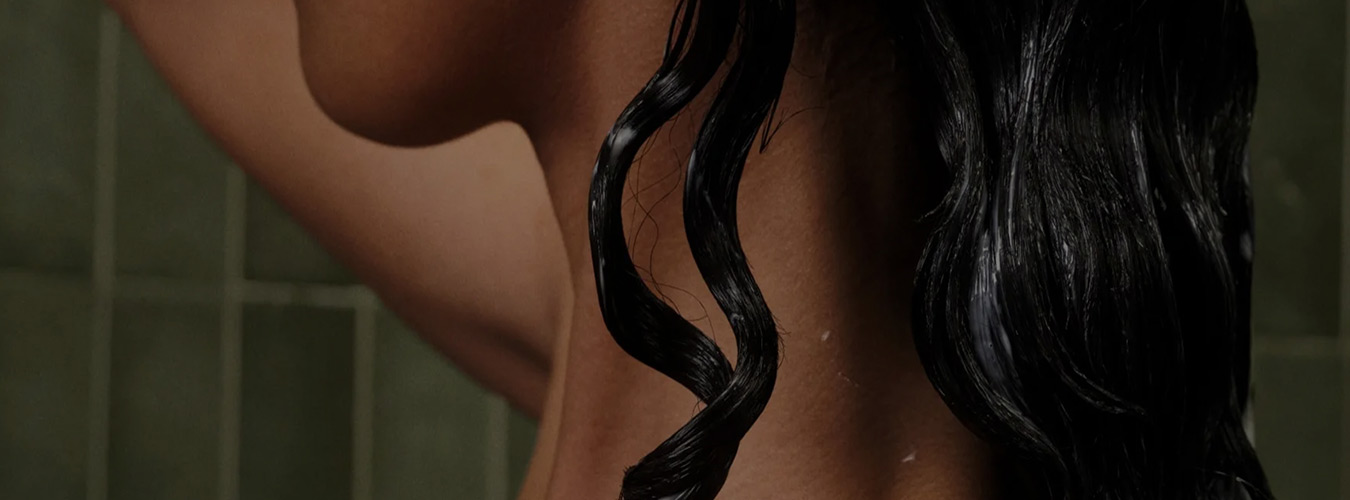
How do you help clients with hair shedding?
JW: I start with an in-depth consultation to determine root causes. Some of the questions I ask are: Have you had surgery or changed medications in the last six months? Have you experienced stress in the last three to six months? (I’ve seen an enormous rise in hair shedding clients due to pandemic stress.) Has your protein intake changed due to a change in diet? Once I have all the data, I suggest individual treatments and products that I know to be beneficial.
What treatments do you offer for clients with hair shedding?
JW: First I recommend a residue on scalp treatment (ROST), which is a phenomenal way to clear any dead skin cells on the scalp that might be blocking the follicular funnel, thus making it difficult for hair to grow. Then I do a deeply cleansing bacterial soak to clear out any excess residue below the scalp. I also recommend in-salon treatments, targeted shampoos and serums to encourage blood flow, and low level light therapy.
At what point do you recommend a client see a doctor about their hair shedding?
JW: I send my clients to a physician very early on after the initial consultation. We need to know things that only blood work can show us, such as iron levels, vitamin deficiency, or thyroid and hormonal imbalances.
What are some hair care dos and don’ts for people experiencing hair shedding?
JW: Don’t be afraid to wash and brush your hair — a clean follicular funnel and a scalp free of debris is key. If you are experiencing hair shedding, that hair that is coming out needs to do so. Avoiding washing your hair doesn’t help at all. Do use products designed for hair loss. These products have the right formula of proteins and minerals beneficial to hair growth and reversing problems such as excess sebum or an overly dry scalp.
What’s the best kind of comb or brush to use on thinning hair?
JW: A wide-tooth comb or a natural boar bristle brush. Gently comb when hair is wet and try to avoid brushing too much when dry.
What are the best women’s haircuts for thinning hair?
JW: Contrary to popular belief, layering fine hair is not a good idea. By definition, layering means removal of weight, which is the last thing someone with fine hair wants to do. Classic shapes, solid outlines, and longer layers give an illusion of overall fullness.

